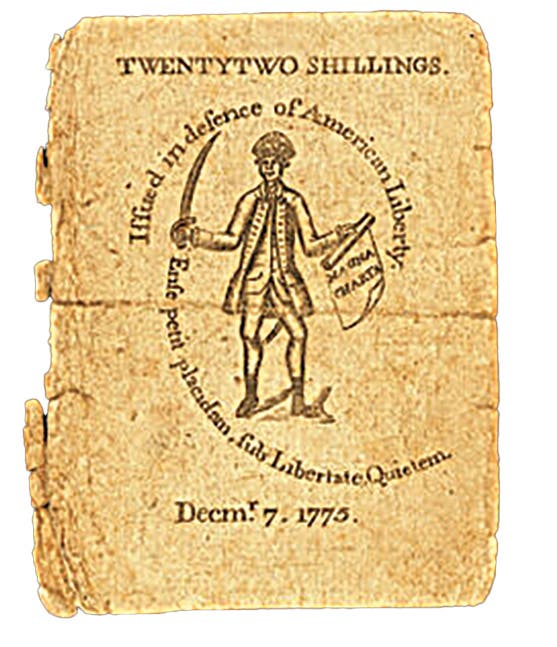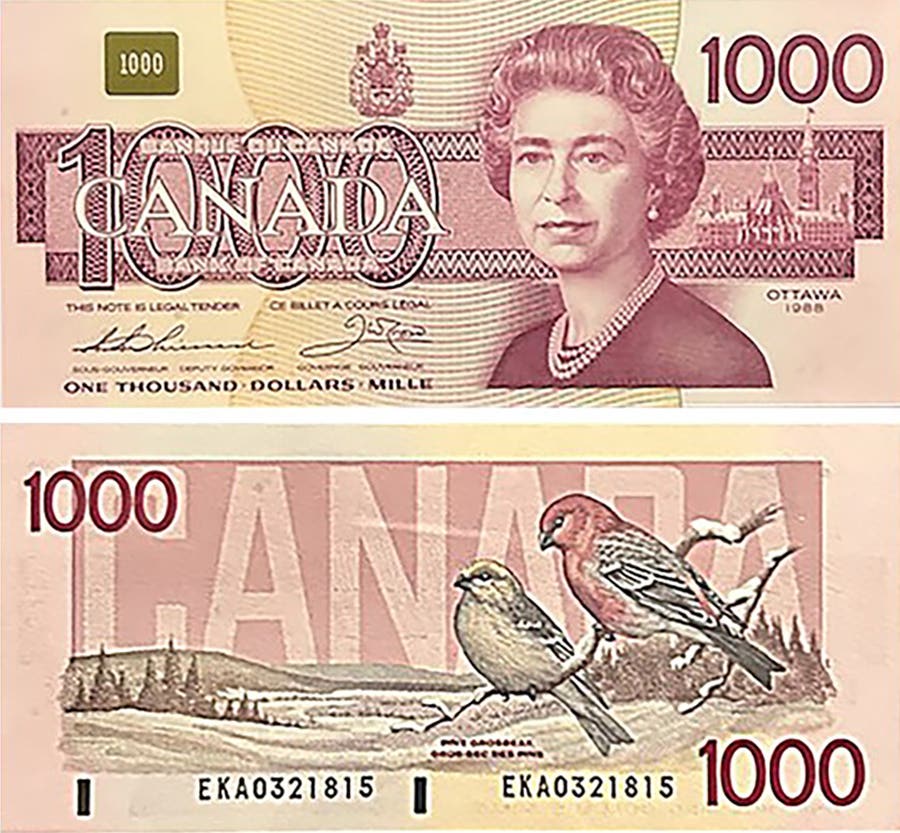Preserving History in Marine, Illinois
Marine, Ill., is a small town located in Madison County, Illinois, approximately 30 miles east of St. Louis, Mo., and halfway between Highland and Edwardsville in Illinois.
From time to time, readers write to me asking me to do an article on their town and its bank. Unfortunately, it is not usually convenient for me when there is not much information available on the town or I am unable to obtain vintage photographs. However, recently I was contacted by reader Bill Weder who invited me to do an article on his town, Marine, Ill.; he was able to provide me with a wealth of information about the town and its banks which made it possible for me to include this quaint small town in my repertoire of bank articles.
Marine, Ill., is a small town located in Madison County, Illinois, approximately 30 miles east of St. Louis, Mo., and halfway between Highland and Edwardsville in Illinois. The town is easily accessible off Interstate 70 by taking State Route 4 north and connecting with State Route 143 east a mile to town. State Route 143 is Division Street in town and connects it to Edwardsville and Highland. The current population is around 960.
The Kickapoo Indians occupied the area of Marine when the first settlers came in 1813 when Major Isaac Ferguson, his brother, and three sons came to the area and established homesteads. Later, Captain Curtis Blakeman and his party of 72, mostly ex-seamen, purchased 1,120 acres of land and came to the settlement along with Captain George Allen. The settlement became known as the Marine Settlement due to the fact that many of the early pioneers were sea captains.
By 1833 however, most of the town was destroyed by fire, and a cholera epidemic resulted in a new town being laid out two miles north of Marine Settlement. The new town was called Marinetown and was laid out in 1834 with a park and wide streets. It was laid out by George Welsh, James Semple, Jordan Jeffress, and Abraham Breath. On May 10, 1836, Marinetown’s official plat was recorded in the Madison County Courthouse as Marine. The village was incorporated on March 8, 1867, and reincorporated on April 23, 1888, as the village of Marine. Since the area around Marine is fertile Illinois farmland, the town has always had an agricultural base, and its convenient location near St. Louis provided a consistent market for its products.
You may also like: Quaint Town Produces Rare Notes
By the beginning of the 20th century, there was considerable interest in the formation of a bank in Marine. Illinois C.B. Munday of Munday Settlemire & Co., a grain company in nearby Litchfield, Ill., started the Bank of Marine, a state-chartered institution. The Bank of Marine was housed in the William May Building located on the corner of North Duncan and West Magnolia Streets. The Bank of Marine operated out of this location until it closed in 1927. The building then became the Marine Post Office until 1963, when it was sold to Wentz Hardware, a longtime Marine establishment. A new post office was built elsewhere.
In March of 1914, a group of Marine citizens met to incorporate another private bank, the Farmers and Merchants Bank of Marine, which opened for business on April 4, 1904. The bankers then hired M.B. Kane, an architect from Edwardsville, to design a new bank building. The contract was awarded to Miller & Weisebarn of St. Louis, and the new bank was erected at 155 North Duncan Street, diagonally across from the Bank of Marine.
Shortly thereafter, the bank’s directors decided to apply for national bank status, which was approved, and on July 13, 1914, they voted to change the name of the bank to the First National Bank of Marine, which received charter #10582.
The First National Bank of Marine turned out to be one of those national banks that did not initially issue any currency. Despite being chartered in 1914, the First National Bank of Marine did not issue any large-size notes. We see this from time to time with banks that were chartered during the large-size note era but did not issue any currency. Bankers had different ways of looking at National Bank status.
In 1927, the bank competition in Marine ended when the First National Bank of Marine and the Bank of Marine consolidated their assets, and the Bank of Marine ceased to exist as a separate organization. At that time, the principal officers of the First National Bank of Marine were Herbert Gehrs, cashier, and O.H. Gehrs, president. At the end of that year, the decision had been made to construct a new addition to the First National Bank, and in April of 1928, that construction was completed, and the bank was enlarged to twice its original size with many modern facilities added.
When the Series of 1929 small-size national bank notes were introduced, the First National Bank of Marine finally elected to issue currency. It issued a total of $134,000 in small-size notes consisting of both Type One and Type Two notes in the $5, $10, and $20 denominations. Over 30 notes are listed in the current census, including the serial number one (Type 1) uncut sheet and several low serial number notes.
The First National Bank of Marine survived the end of the national currency era in a strong financial position and continued to serve the community well into the 1980s, when it changed hands several times and was finally absorbed by the Bradford National Bank of Greenville. A new bank was erected, and the old one closed. In 2005, Bradford National Bank sold it to a couple who turned it into a residence. Later it was sold again and is now serving as the home of Marine Coin Company, owned by reader Bill Weder.
Bank Note Reporter subscriber Bill Weder explained how the old First National Bank of Marine became a coin shop. Although he did not live in Marine, he often rode through it and noticed in 2012 that the building had been for sale for over a year. He thought it would be fun to have a coin and bullion business in an old bank with a working vault. So, he bought the building, brought in his cousin Lisa Hartlieb to do jewelry repairs, and not long after, brought in Rich Rettle, then president of the Metro East Coin Club, to handle rare coins. I have included a photo of the coin shop with its staff and an interior view. Bill was fortunate to obtain the Serial #1 uncut sheet of $5 Series of 1929 nationals from an auction. It is now graded and is displayed proudly in the shop. If you are in the St. Louis Metro area or in central Illinois, take a ride and meet the friendly folks at Marine Coin Company.
Marine has a smattering of interesting old structures, the most impressive of which is the old American Women’s League building, constructed in 1910. In 1940, after the building had become the Marine public library, resident Charles Gravius willed a substantial sum to have the library expanded and named for him. The Charles Gravius Memorial Library is on the National Register of Historic Places.
In Marine’s central park stands a picturesque gazebo or bandstand erected in 1912 and completely unchanged today. It has been used for band concerts and weddings and is typical of the old bandstand gazebos that graced many a small town.
Many thanks to Bill Weder for providing information and photographs for this article and for information on the founding of the town and its banks, written originally by Shirley Daiber.
Readers may address questions or comments about this article or national bank notes in general to Mark Hotz directly by email at markbhotz@gmail.com.
You may also like: All Aboard to Pennsylvania






